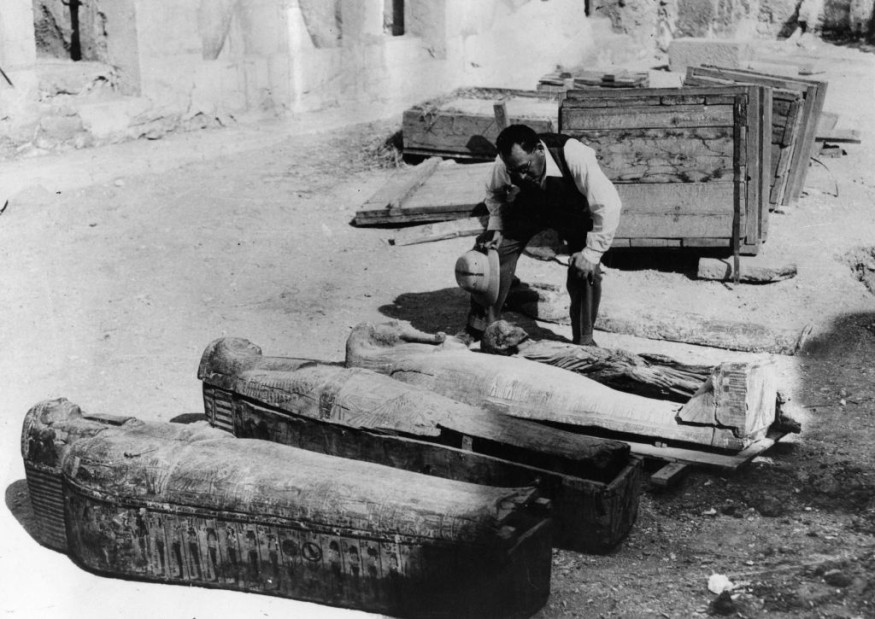Sergei Shoigu, Russia's Defense Minister, said that the country could consider cloning a group of 3,000-year-old warriors buried in Siberia.
When you think about bringing back to life old, long-dead soldiers in cold Russia, you can't help but think of "Game of Thrones" icy White Walkers quietly marching across the snowy Siberian wasteland.
Okay, they wouldn't be brought back to life exactly that way. But the imagery is entertaining.

Shoigu told the Russian Geographical Society in mid-April that "it would be possible to make something of it, if not Dolly the Sheep," reported Sputnik News.
Shoigu's reference to "it" corresponds to the ancient DNA of Scythian warriors preserved in permafrost in Siberia's tundra.
Shoigu continued saying that they have already completed several expeditions there and a large foreign expedition. A lot has been verified, but there is still a lot to be done.
Although Shoigu did not expressly state that the nation would be cloning long-dead Scythian warriors, the implication was there.
ALSO READ : Neanderthal Diet Study Shows They Ate Starchy Foods 600,0000 Years Ago to Fuel Their Brains
Scythian Warriors Explained
Heritage Museum said the Scythians were nomadic people from northern Mongolia to Iran who lived between the 9th and 2nd Centuries BCE. These dates range from the 9th to the 1st. Experts believe these warriors originated in northern Mongolia. They eventually made their way north to Siberia, but they were notorious for wandering vast swaths of Eurasia.
Experts sifting through the Tuva area of Siberia, where the army of possible clones lies at rest, allegedly discovered some of their remains just two decades ago, Popular Mechanics wrote.
Permafrost held the remains in excellent health, protecting biological matter remarkably well, despite the region's iciness and coldness. As a result, the temptation to use this substance to produce new, cloned modern-day warriors has arisen.
You Can't A Clone A Human Just Yet
As things stand now, you can't clone a human yet. Human cloning also continues to be a myth, National Human Genome Research Institute claimed. Apart from being physically challenging, human cloning raises ethical and moral questions, not to mention that the University of California-Berkeley's Fung Institute said cloning is illegal.
UC-Berkeley's Fung Institute added in their report a common misunderstanding about cloning. Most people believe that if we cloned a human, the result would be an exact copy of the original. This, though, is not the case, as the team points out. Although they would seem to be genetically similar, the cloned person's personality would be distinct. It all comes down to the world in which we grow up and work, so how can they be completely similar?
Animal cloning is now happening. Interesting Engineering recently reported about black-footed ferrets in the United States originating from 30-year-old cells and a horse cloned from 40-year-old stuff. On the other hand, these complicated methods necessitated a great deal of trial and error, and they were carried out to save endangered animals, which we people are not.
Time can say if Russia will clone its ancient heroes. But we'll have to make do with watching the White Walkers on TV for the time being.
RELATED ARTICLE : Neanderthals Adjusted Well to Cold Climates, Researchers Tell Us How
Check out more news and information on Human Evolution on Science Times.
© 2026 ScienceTimes.com All rights reserved. Do not reproduce without permission. The window to the world of Science Times.











